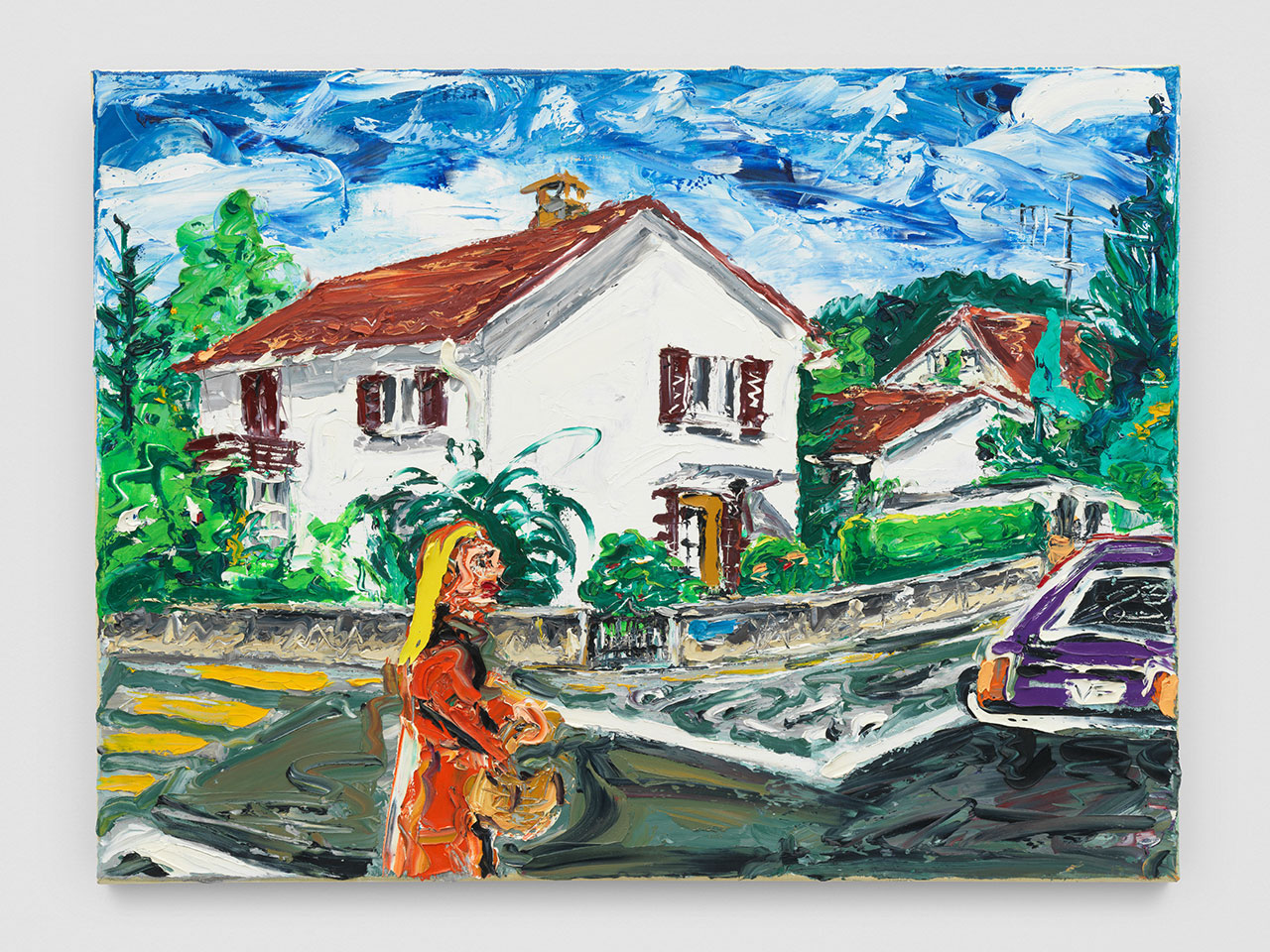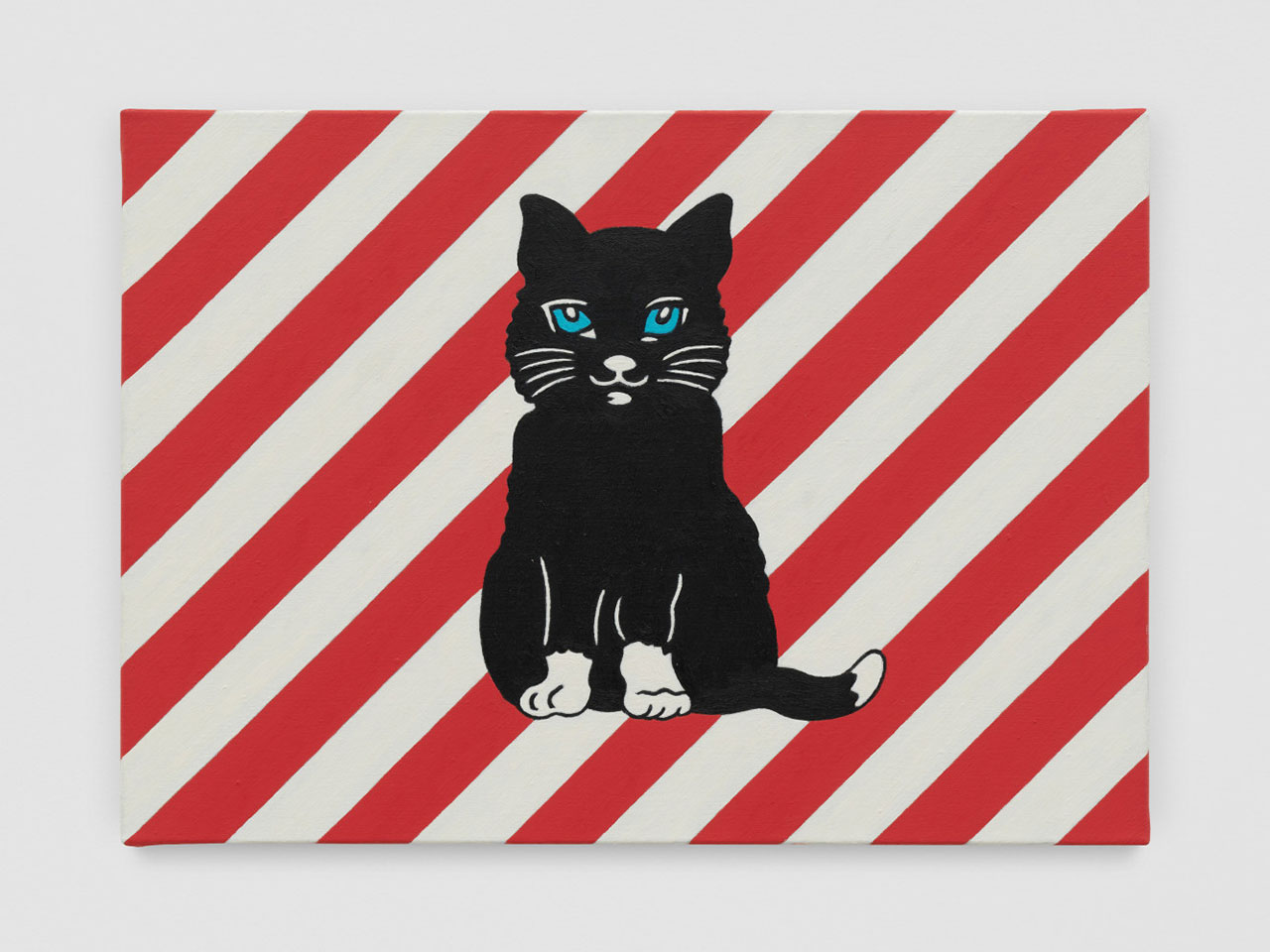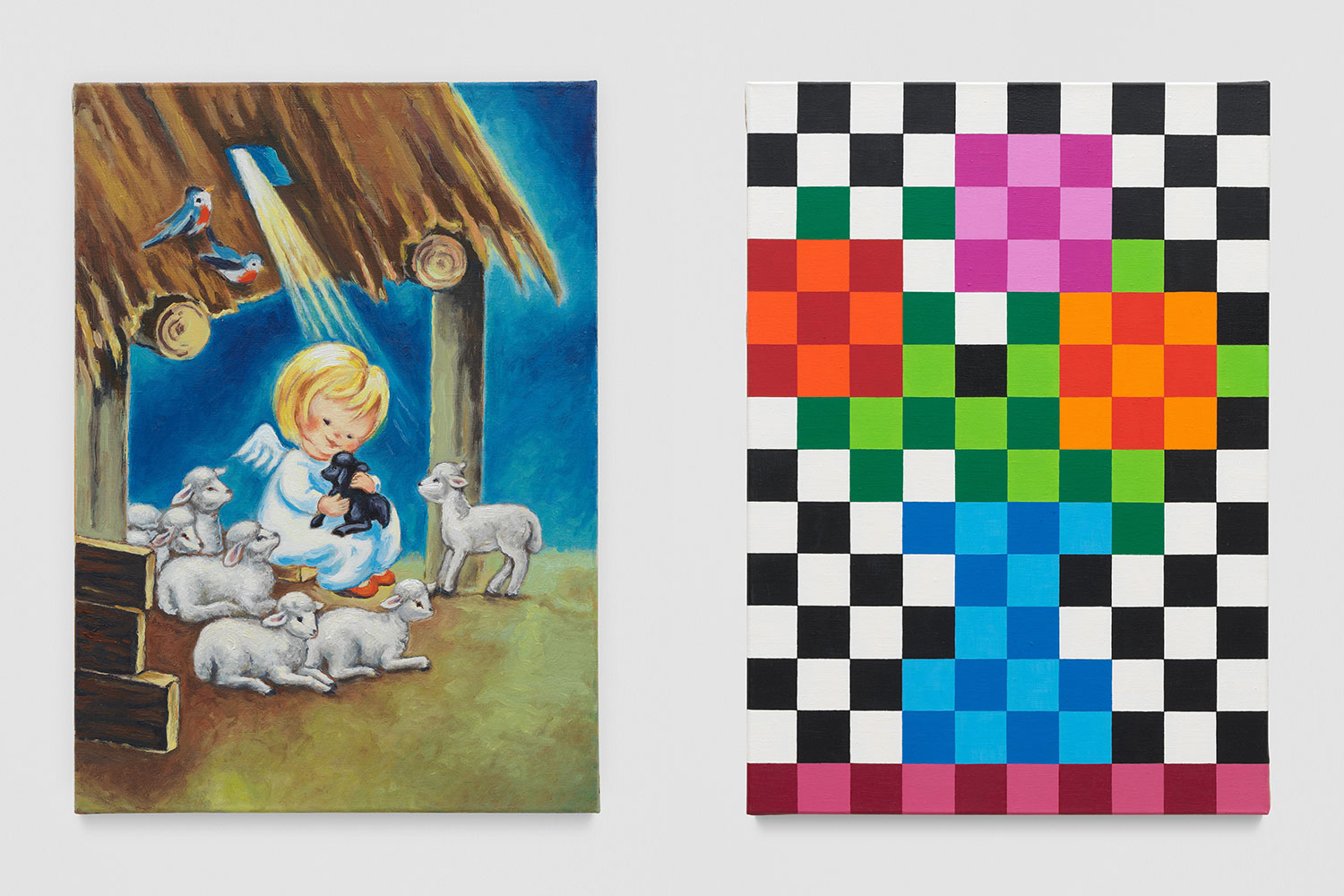ART CITIES: Zurich-Jean Frédéric Schnyder
 Jean-Frédéric Schnyder began producing experimental objects in the late 1960s within the context of pop art and has since gone on to create a broad oeuvre encompassing photographs, sculptures, paintings, objects, and installations. Conceptually open in his artistic process, each new series of works he creates leads to a new experimental arrangement.
Jean-Frédéric Schnyder began producing experimental objects in the late 1960s within the context of pop art and has since gone on to create a broad oeuvre encompassing photographs, sculptures, paintings, objects, and installations. Conceptually open in his artistic process, each new series of works he creates leads to a new experimental arrangement.
By Efi Michalarou
Photo: Galerie Eva Presenhuber Archive
The 65 paintings on display and the 161-part series Billige Bilder (“Cheap Pictures”), in the exhibition “Œl auf Leinwand” provide an overview of Jean-Frédéric Schnyder’s extensive painterly oeuvre from 1982 to the present day and reveal his most important traits, namely seriality, the tension between similarity and dissimilarity, as well as a great interest in the everyday ordinary. They are permeated by recognizable motifs and concepts, such as landscapes, letter paintings and still lifes. In the juxtaposition of paintings such as “3 Blumen”, which shows three flowers in a coarse, pixel-like color grid, and “Abend am Zugersee (23. April 1996)”, the question of a body of work arises. The answer lies in Schnyder’s absolute and consistent interest in the subject and in painting itself. When Schnyder exhibited his first paintings in the 1970s, these works, which appeared new alongside his previously predominantly sculptural approach and bore titles such as “Stilleben, Akt” or “Landschaft”, were interpreted as a conceptual approach. Schnyder’s interest, however, is focused on precisely what he names in the titles of his works, namely the most important motifs in the history of painting. In the decades that followed, he created many different series of paintings with a wide variety of motifs and approaches. He turned to still lifes, painted vegetables or fabric softener bottles with meticulous precision and explored styles that we believe to be familiar from the history of painting. However, this appropriation is not to be understood as ironic appropriation in the Pop sense, but rather as a serious exploration and experimentation of the everyday, which is never too insignificant to become part of the work. It is in this sense that one of Schnyder’s most famous distancing from irony can be understood: “I am not ironic, the others say that about me”. For example, the painterly depiction of the “Kreuzung Ritter-Lindenstrasse” may appear everyday, but this is only the case on the surface. The picture was created out of a great interest in the scene itself, as well as in its painterly depiction. Like many of his other paintings, Schnyder painted it en plein air at the easel. Nothing about it is accidental. The person with the bright yellow hair and red coat is passing through the scene at the exact moment it is captured – while the tail light of the passing car is still visible. Where one recognises the painter’s meticulous diligence in the studio or at the easel in this way of working, one also discovers an encyclopaedic approach to subject and process. It is precisely this exactitude and completeness with which he captures his motifs that gives rise to an unironic ambiguity: His gaze brings out something repressed, like the black sheep in the angel’s arms in “Engelchen”. The interpretation of the painting seems obvious, but Schnyder is more concerned with the possibility of realising the motif with the greatest possible painterly consistency. A white sheep in front of a white robe would hardly be recognisable and would not do justice to the medium of painting. Schnyder thus emphasises this difference between the pictorial and the symbolic order. This realisation is most evident in the letter painting ROT, in which the capital letters for the German word “RED” are written in relief on a green-primed canvas with green paint. Red does not always equal red. Schnyder, as someone who is more interested in technical solutions than in theory, creates primal forms on the canvas whose physicality is the colour. In a fascinating way, he transfers theoretical technical considerations directly onto the canvas. The “Billige Bilder” series also represents a consistent point in his work. The individual pictures are the textiles with which Schnyder cleaned his brushes. Painting is what emerges from painting, from the artist’s work. This clear and tautological clarity forms Schnyder’s sensually tangible theory of painting.
Photo: Jean Frédéric Schnyder, 106 Kreuzung Ritter- Lindenstrasse, 5. Juli 1983, Oil on canvas, 60 x 80 cm / 23 5/8 x 31 1/2 in, © Jean Frédéric Schnyder, Courtesy the artist and Galerie Eva Presenhuber
Info: Galerie Eva Presenhuber, Waldmannstrasse 6, Zurich, Switzerland, Duration: 20/1-23/3/2023, Days & Hours: Wed-Fri 12:00-18:00, Sat 11:00-17:00, www.presenhuber.com/


Right: Jean Frédéric Schnyder, 1379 3 Blumen, 1995-98, Oil on canvas, 42 x 30 cm / 16 1/2 x 11 3/4 in, © Jean Frédéric Schnyder, Courtesy the artist and Galerie Eva Presenhuber


Right: Jean Frédéric Schnyder, ROT, 1997, Oil on canvas, 30 x 21 cm / 11 3/4 x 8 1/4 in, © Jean Frédéric Schnyder, Courtesy the artist and Galerie Eva Presenhuber

